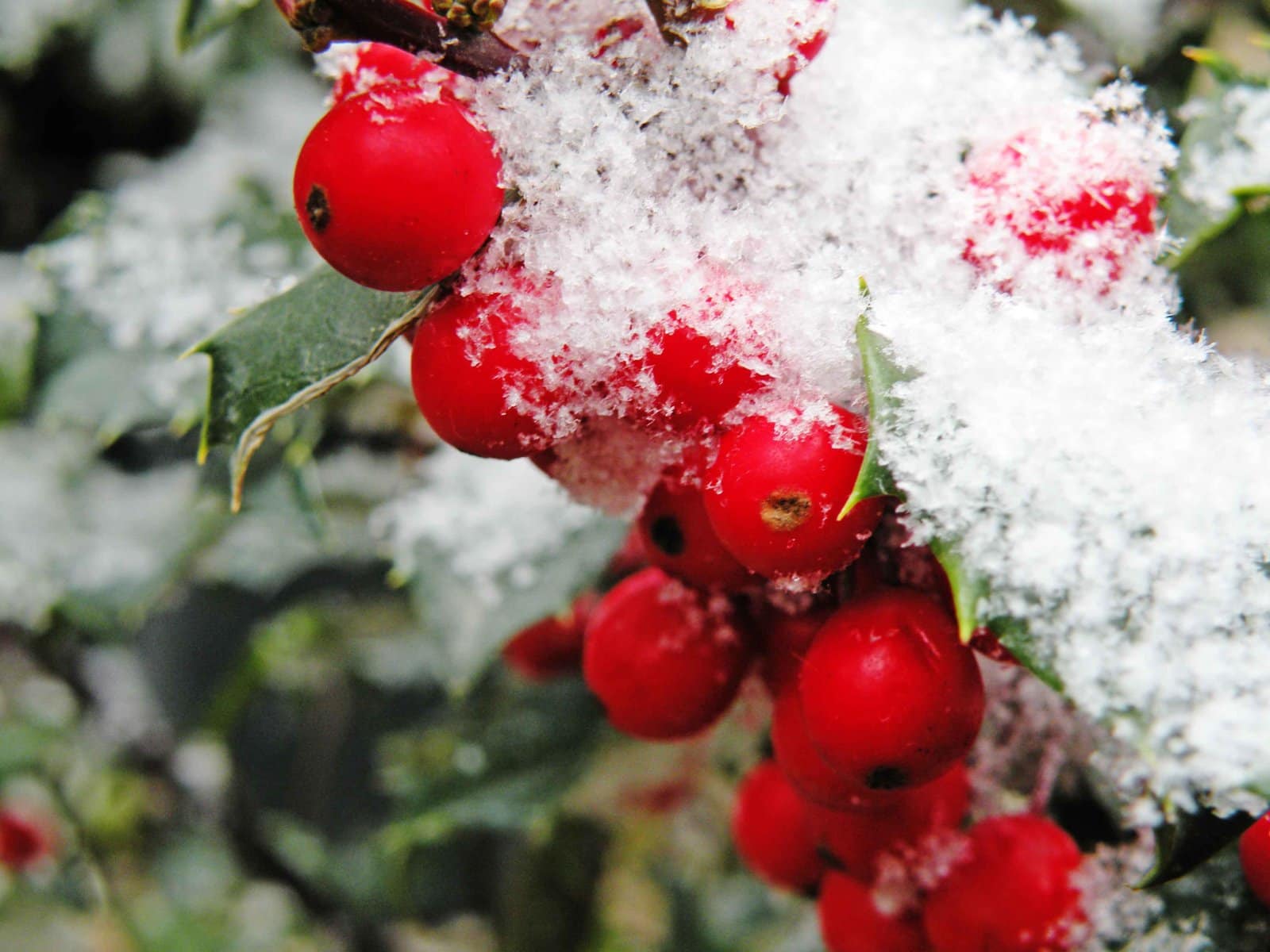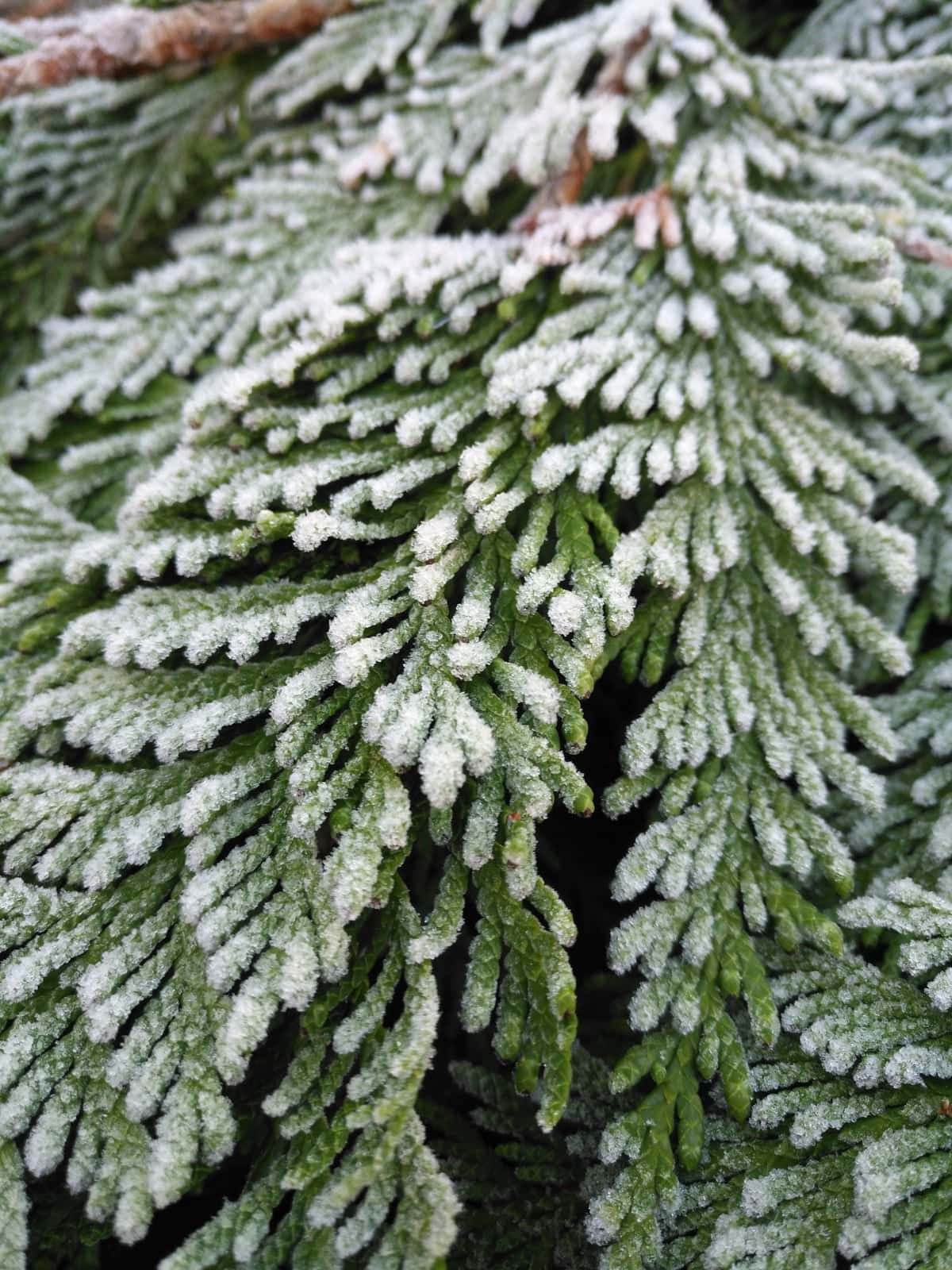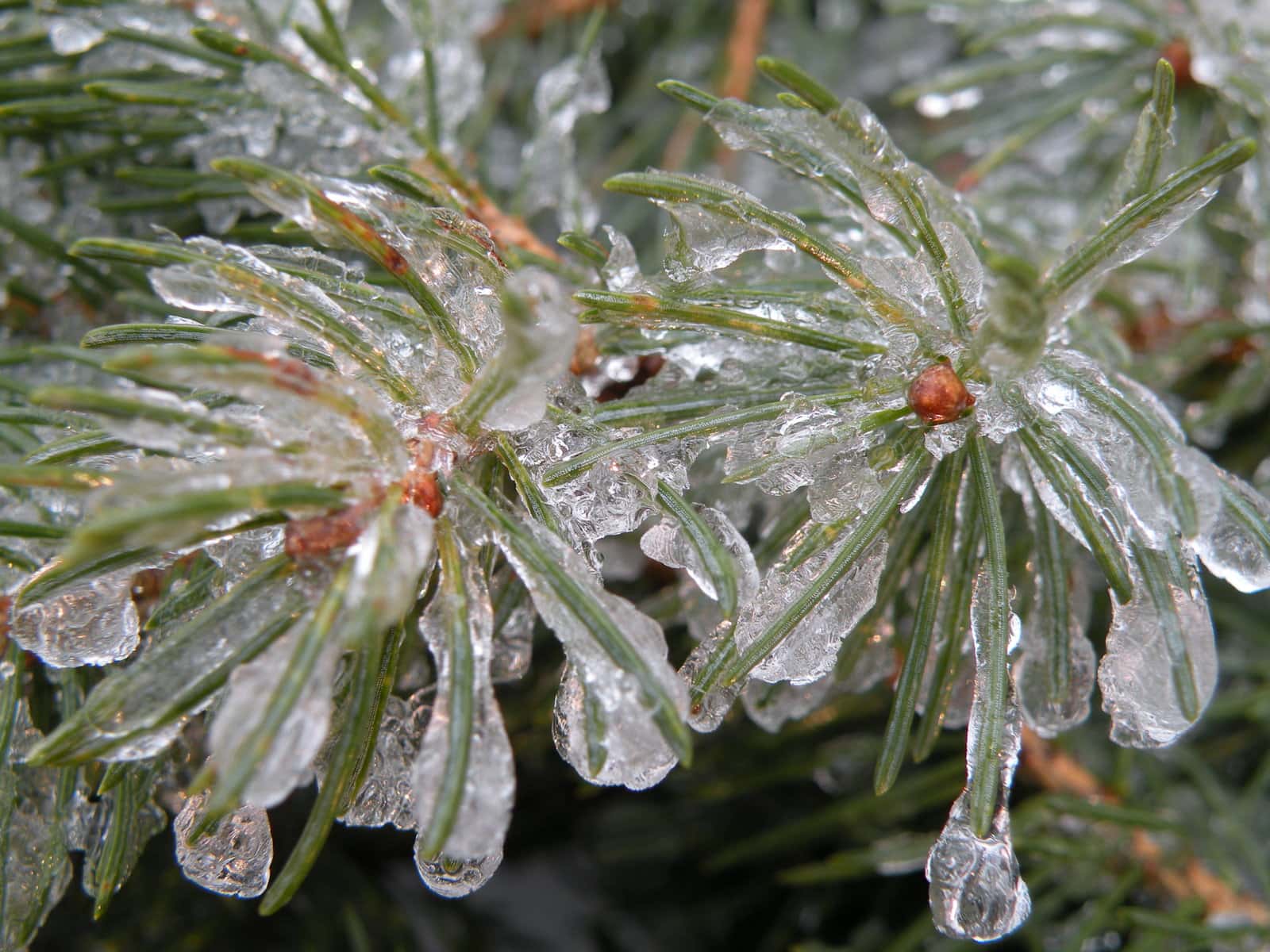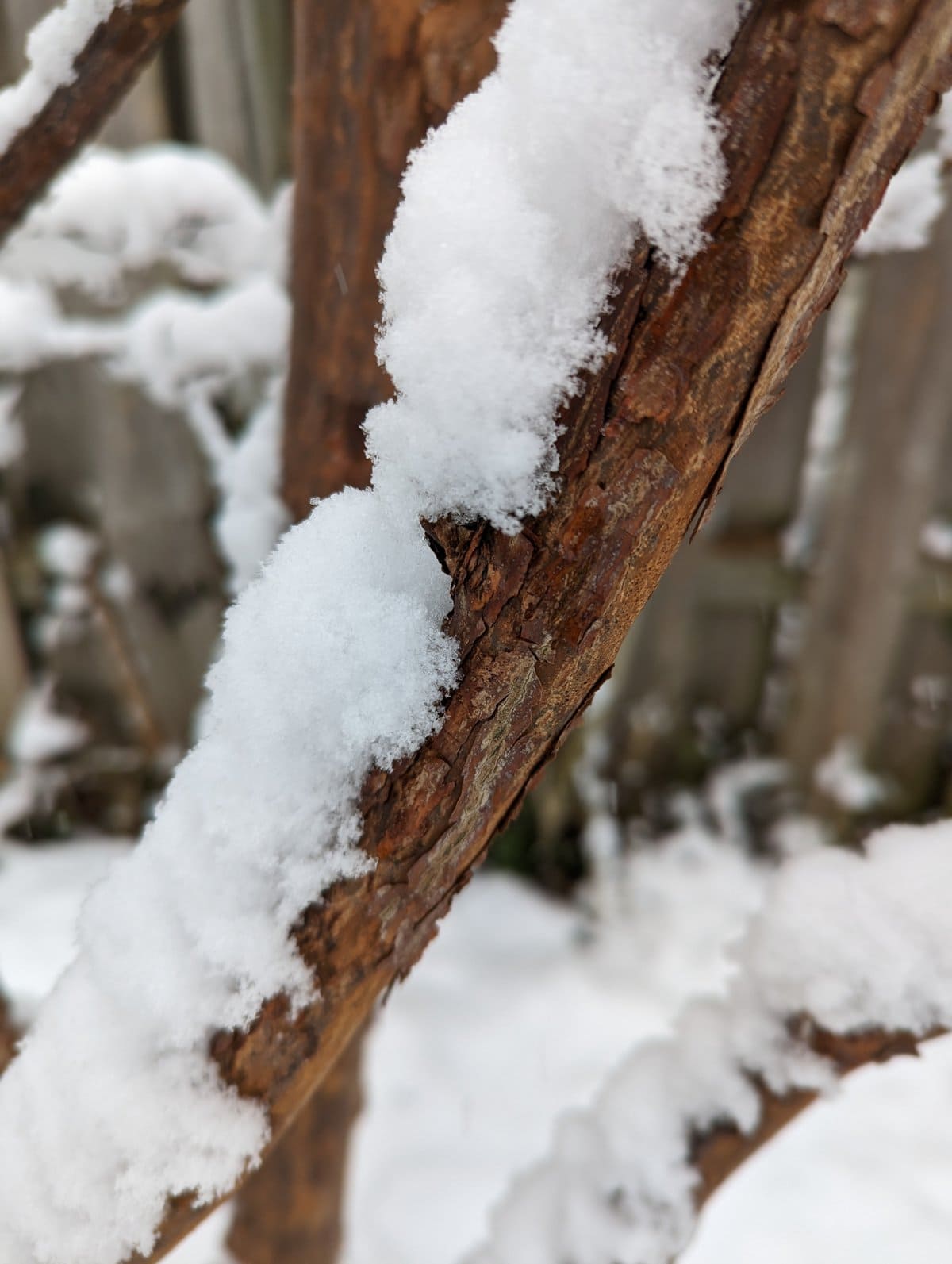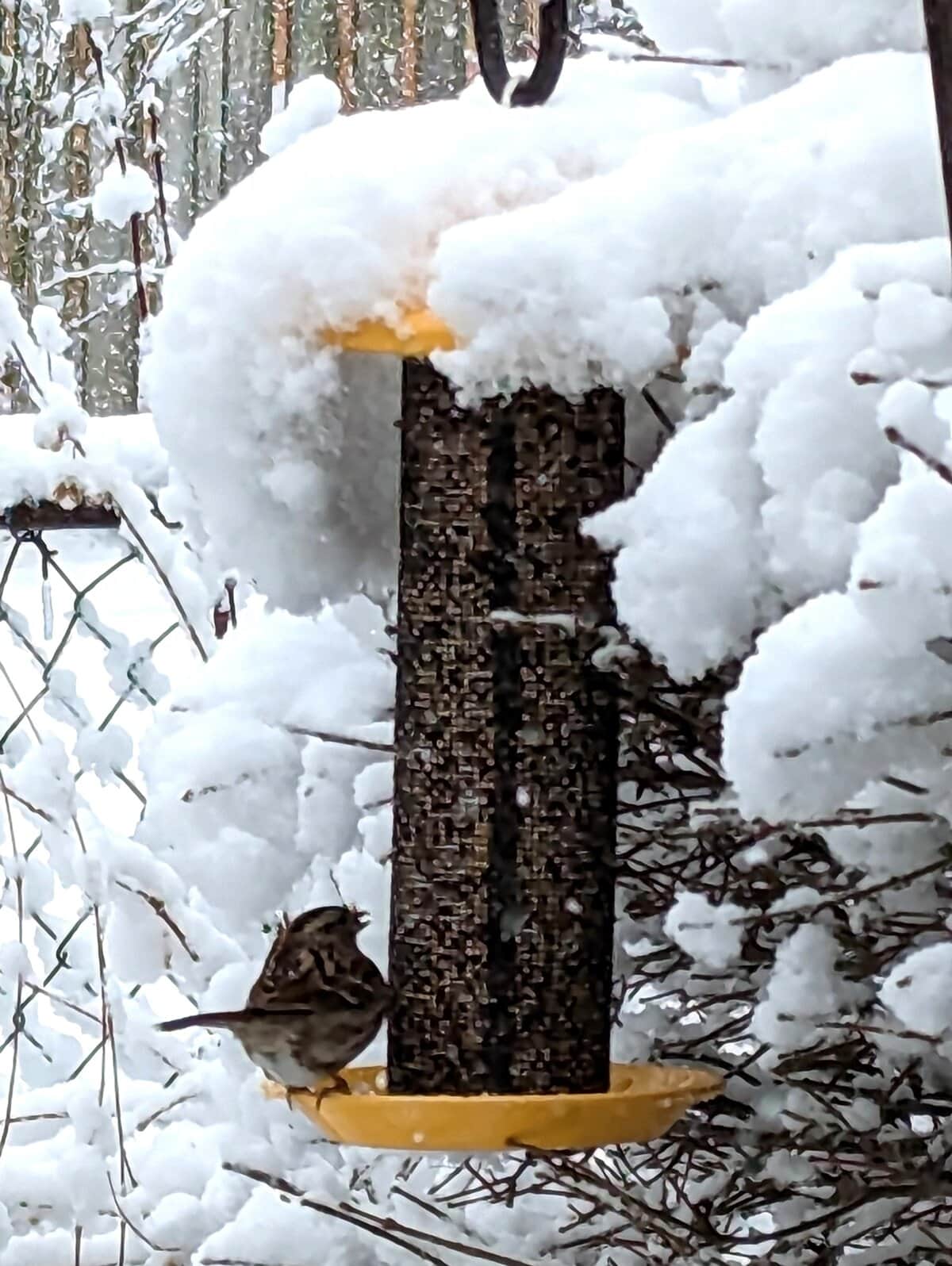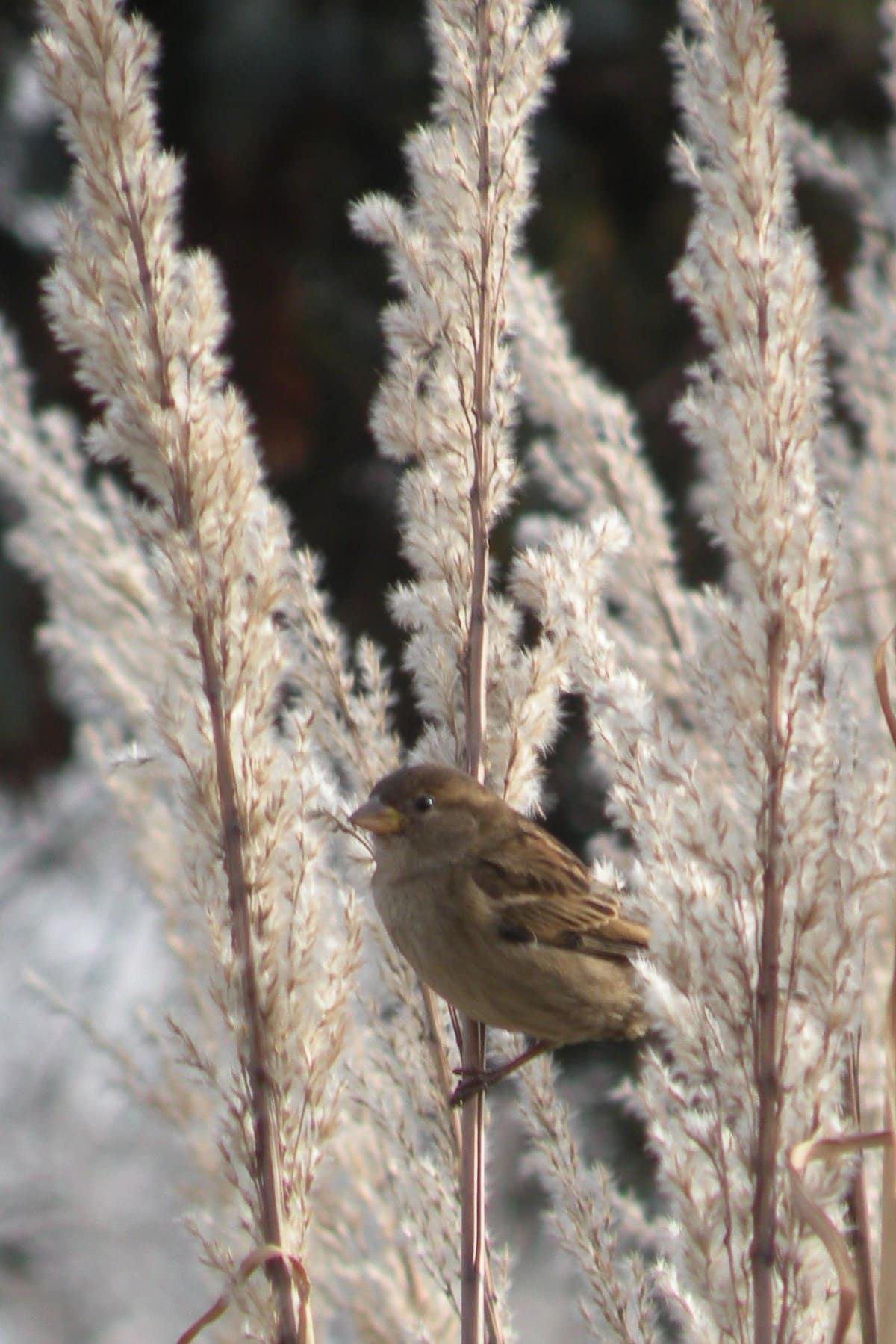Have you had enough of winter yet?
I know we all are eagerly awaiting spring and, for most of us, it’s just not coming fast enough.
With the heavy snowfall last week, though, I am reminded of just how beautiful the garden can be in the winter.
When you think about it, we pack up our gardens by late October/early November and really don’t give them a second thought until March or April.
It is a shame to think that we do not appreciate our outdoor spaces for five months of the year if only through the window. Here are some ways to make your backyard more of a winter wonderland.
One way to bring life into your garden in winter is by hanging some bird feeders where you can see them from inside. I love to sit and watch the birds come and go and sometimes even fight over the food.
It’s entertaining and makes me wonder how such tiny creatures can tolerate such cold temperatures when we complain about any slight chill.
Even better than bird feeders is adding native plants that will provide berries or seed heads in the winter.
Not only will they provide food for the birds but they can also add beauty.
Some of the native shrubs that will provide berries into the winter are Highbush Cranberry Viburnum (Viburnum trilobum), Chokeberry (Aronia melanocarpa) and Winterberry (Ilex verticillata).
Just seeing the birds sneak into the garden to steal some berries brings me a lot of joy.
Some of the native perennials that have interesting seedheads for the winter are coneflowers (Echinacea), hyssop (Agastache), asters (Symphyotrichum), bee-balm (Monarda), Joe-pye weed (Eupatorium maculatum), black-eyed Susan (Rudbeckia) and turtlehead (Chelone).
Birds are more quickly attracted to native species they are familiar with. When you leave the seed heads there for the winter it not only attracts the birds but the remaining leaves and stalks also act as a haven for beneficial pollinators.
Several butterfly and bee species use plant debris for overwintering. With an increased awareness of the need to protect our pollinators wherever possible, now is the time to rethink the traditional autumn ritual of clear-cutting our perennial gardens.
Ornamental grasses are also great plants to leaves up in your garden all winter as the seeds provide food for birds and the dried blades add a different texture to the landscape. Even the sound of the blades rustling in the winter wind provides an additional element.
The most obvious way, of course, to add interest to your garden in winter is to make sure that you have included some evergreens.
They come in different shapes, sizes and textures – from small, short needles to large-leaf rhododendrons. The frost, snow and icicles are added bonuses.
Even if you are not a fan of evergreens, a couple of well-placed shrubs can make quite an impact. Whether you have a sunny or a shady location, the choices are many.
Another way of making the most of your garden in winter is by adding a fire pit.
They are becoming more and more popular in the home landscape and can be used year-round. They are great to gather friends and family around to enjoy some hot chocolate and toasted marshmallows. It’s a great way to spend a wintry day.
So until spring officially arrives (next week, officially) and we can get back out in our gardens, reflect on how you can extend the pleasure you get from your garden.
Joanne Young is a Niagara-on-the-Lake garden expert and coach. See her website at joanneyoung.ca.



